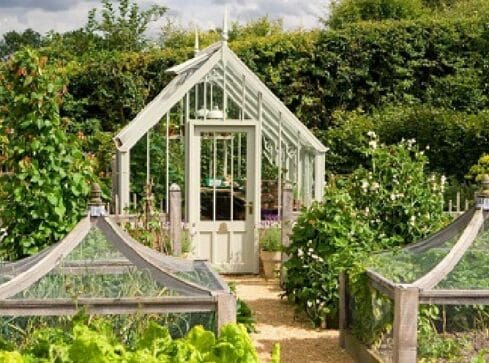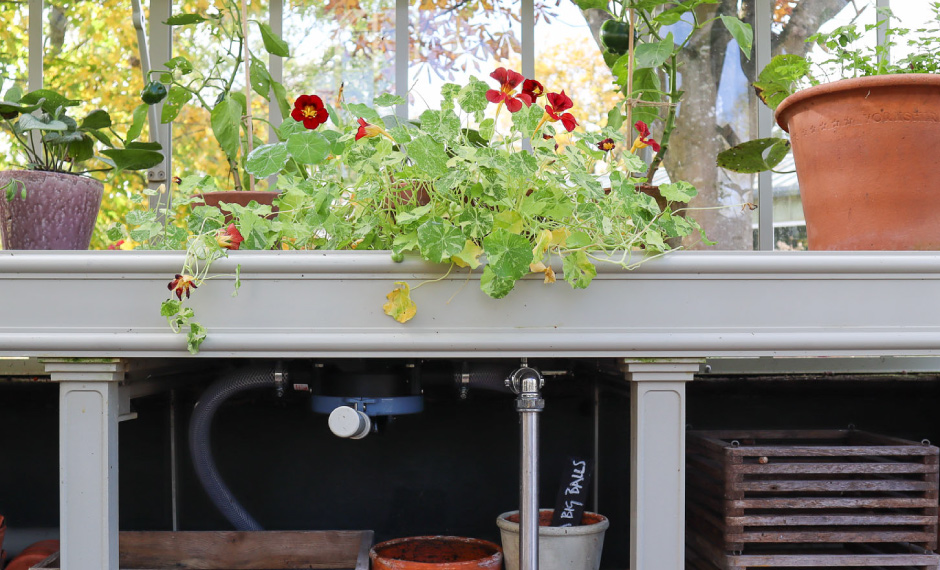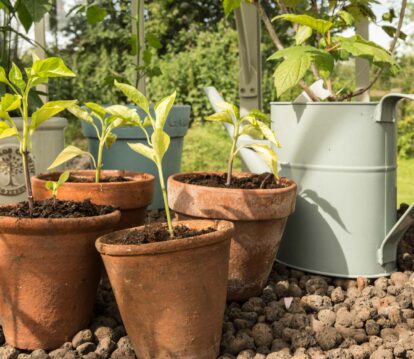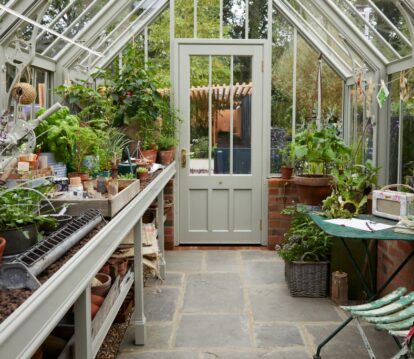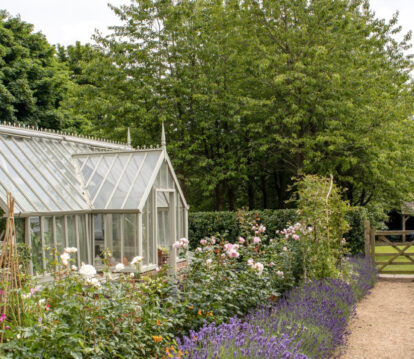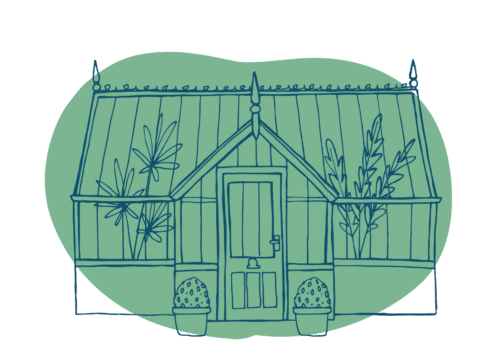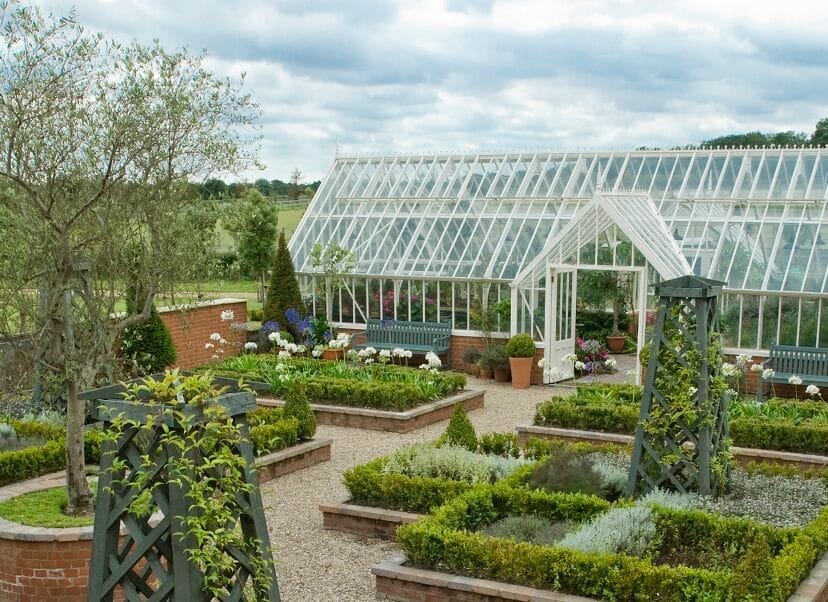
Wherever gardeners look, the word ‘seasonal’ is bandied around and discussed in hallowed terms even has one has grown to expect courgettes in the supermarket in February and hyacinths on the flower stall at the station before Christmas.
So perhaps one of the few remaining places where things truly do remain seasonal perforce is in our gardens, even then anomalies appear every year. Nature has a way of throwing up a novel and exciting plant combinations that cannot be anticipated.
Setting the marvels of nature aside, most of the time the vast majority of plants can be relied upon to muster their charms when they are supposed to, at a specific time of year. Armed with this knowledge, you can plan a garden to contain plants at their show-stopping best all year round.
Springtime
Spring is a good place to start and, for these purposes, will arbitrarily run from early March, through to the summer solstice. With little else in flower in March, now is the time to show off your bulb collection. Bulbs are a border failsafe because they flower when little else does, year after year with little maintenance apart from needing lifting and replanting every 3-5 years when they have become overcrowded.
Daffodils
Daffodils come in all shapes and sizes (and even in several colours). Clumps of large full flowered varieties like Sempre Avanti can be interspersed amongst your structural winter evergreens. Dwarf daffodils such as Canaliculatus can be dotted at the front of a border like a lacy frill.
While daffodils convey informality, some people prefer to keep them in rougher grassland or along hedges as well as in pots.
tulips
Tulips however often an integral part of a planting scheme, conferring more formality and acting as pinpoints of colour in a still developing border. Pointed lily tulips emerge well against soft and rounded foliage plants like Hostas, mounds of forget me nots or Santolinas.
alliums
Alliums tend to be at their best later than tulips. Their distinctive flowers have become enormously fashionable and, being of the onion family, no pest goes near them. They come in two types, spherical globes of starry flowers and nodding umbels of flowery bells. Plant the globes, like Purple Sensation in odd numbered clumps throughout a border to reinforce other verticals like Phlomis, or maybe to inject punctuation marks into a lavender border. The nodding umbels like Sicilian Honey Garlic bulbs are less structured and float above mounds of geraniums or Sedum leaves. Allium Christophii is a globe allium that shares the umbel’s transparency so both add heft to other floaty plants like Nigella (Love in the mist) or Lychnis coronaria.
peonies
Meanwhile at the back of the border consider the large and slightly scruffy but very pretty flowering current Ribes King Edward V11. Its pink flowers are a delight in April and it makes a colourful back drop for tulips. Peonies that flower from May into July work very well with alliums (hiding that unsightly foliage) and interplanted with phlox you will have colour all the way through to Autumn.
summertime
Summer embraces those peculiarly English gardening phenomena’s of lavender and roses.
lavender
Lavender embellishes any border with its neat mounds of silvery foliage and scented flowers – either as an edging plant or to contrast with furry rabbit’s ears (Stachys byzantina) or even a geranium like the silver pink A T Johnson.
roses
There are roses that now flower almost continuously from June to the frosts, and the newer David Austin roses do not suffer nearly as much from disease as some of their forbears. The choice is staggering from the petite golden Charlotte for the front of the border to the well-built Ancient Mariner whose pink chalice flowers cover nearly two metres of shrub.
Floribunda roses
Floribunda roses can be covered from top to toe with flowers and are consequently highly recommended in a border. They come in every shade and, seemingly, name – Nathalie Nypels, Sexy Rexy anyone?
Using ornate obelisk supports in a border adds layers of interest all year round and in mid-summer they can support flowering honeysuckles or sweet peas. Alternatively grow these climbers through a trellis, wall or fence at the back of the border.
jasmine
Although one thinks of Jasmine as being fragile because of its teensy flowers, in fact it can smother a wall with attractive dark green leaves all year round. The astonishing scented flowers trace a pattern of twinkles in summer, and in autumn some of the leaves take on an alluring reddish tone.
autumn
Autumn, from September to December, is a time when perennials like Asters, Sedums and many grasses come to the fore. Providing attractive structure amongst these plants complements their virtues.
berberis
Berberis is much underused in gardens, particularly at a time when box blight is so prevalent and we should be searching out alternative evergreens. Clipped shapes of Berberis in a border perform well as structural backbone and its autumn colour is especially noteworthy. One the flower front, if you keep dead heading your roses they should still be in flower right through autumn.
dahlias
Don’t forget your dahlias – flowering their socks off until the first frosts. Tuck them away at the back of the border to their foliage stays out of the way while other – earlier flowering plants are doing their thing. Then, just as you think the border is getting boring they will give you a firework displays like no other, and the more you cut them, the more they flower.
winter
Winter highlights in the border include the bright, whippy stems of the dogwoods, which are light sabres in winter sunshine. Box and yew star in a winter garden, especially with a light dusting of frost. Clip them into geometric shapes in your border so that there is always something for the eye to seek out. Invest in some hellebores and your winter border is set to go.
clematis
As an addendum, some plants just keep on giving all year round. There is a clematis for every season, from the nodding seed heads of Bill Mackenzie or the intrepid Freckles in winter, Clematis montanas and Alpinas in spring to the rest which flower through summer and autumn. Particular favourites when supported mid border, or even at the back, include claret coloured Niobe or the outrageous Vyvyan Pennell.
Amelanchier
If your border is large, include a multi-stemmed or well clipped single- stemmed Amelanchier lamarckii or canadensis. Its shade is so scattered that most plants will grow beneath it happily. Its twirling flowers in spring, summer red berries that magnetise birds to your border and autumn colour are only marginally more persuasive than its interlaced grey stems in winter.
rosa Glauca
Finally Rosa glauca has striking but small, simple pink flowers in summer. Its USP however is its grey blue foliage with crimson undersides so that it almost shimmers all year round. A plant for the back of the border because it grows quite tall but one that is often passed by in favour of seemingly more glamorous but less long-lasting shrubs.
Note about author: Julien de Bosdari is an avid gardener and the Owner of Ashridge Trees, founded in 1949 and still going to this day they supply handpicked top quality plants from hedging to flower bulbs to fruit trees among many others.


